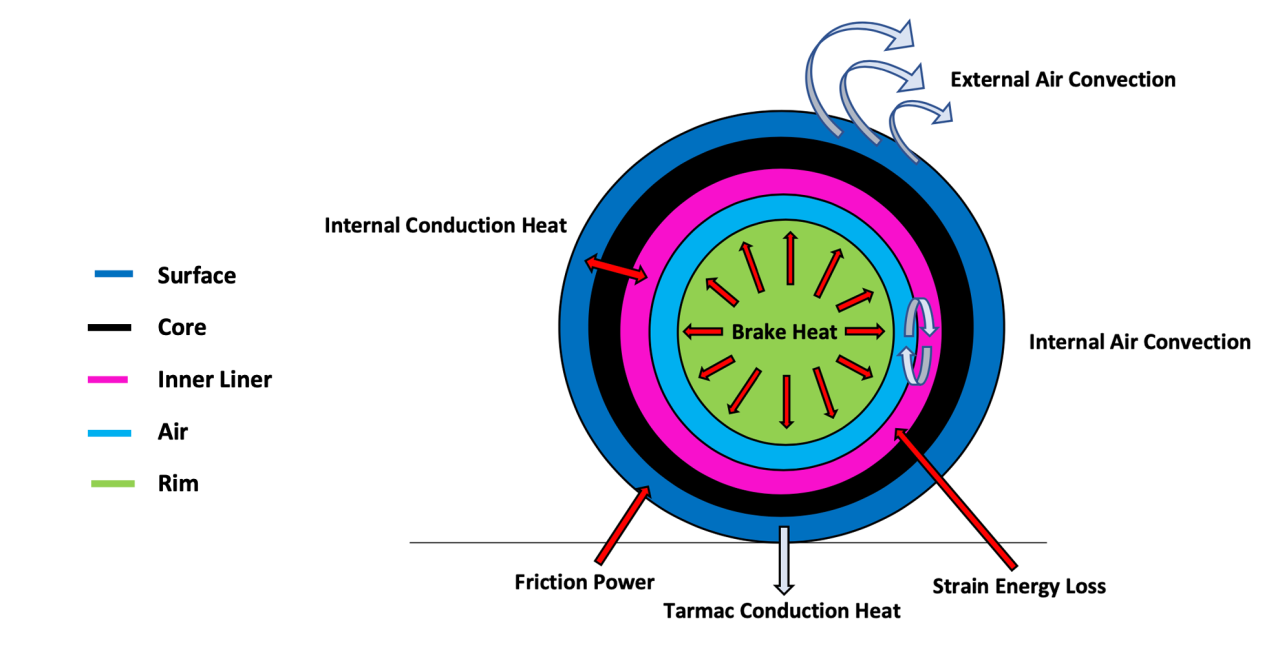They could have the POSSIBLE addition to dump out through electrical resistance and produce heat instead of filling energy store. This then to be cooled by supplementary system to evacuate. Technically, it wouldn't breach the energy stored allowance as it's wasted. This I don't recall as part of original design.
It would fall straight into that thesis area of the linked yt clip in terms of handling heat transfer at different location from the wheel assembly though.
Effectively it would add inefficiency to the car, which is easier than chasing efficiency. But would likely have a drag penalty for the additional cooling.
It could have the "toggle" effect observers are theorising in how it's deployed though.
Some "theatre" in operation of car build to obscure the real reason by getting people to look at the brake tins a bit of fun
Note:- these two post I've copied from the car comparison thread as more logically located here.



